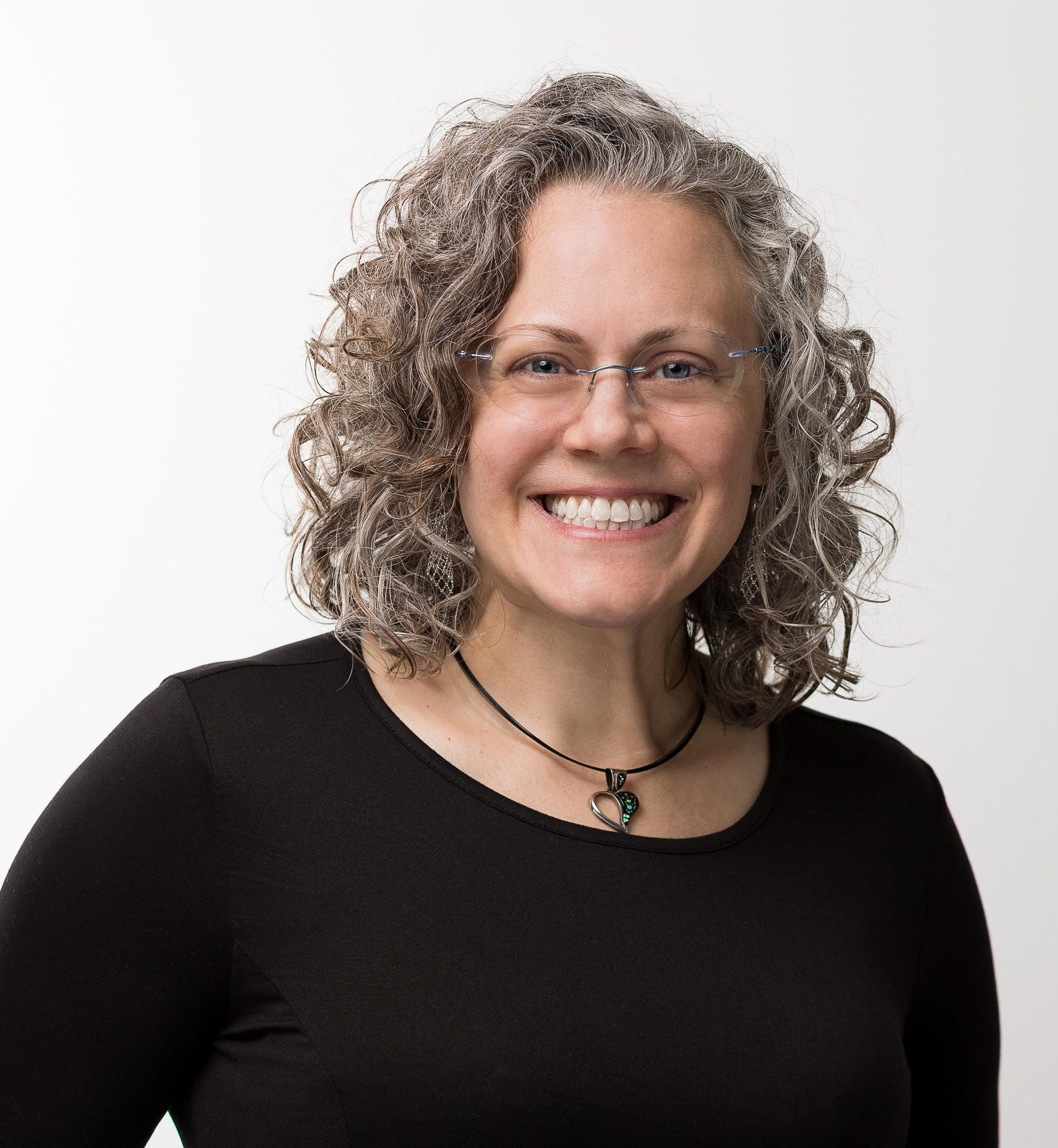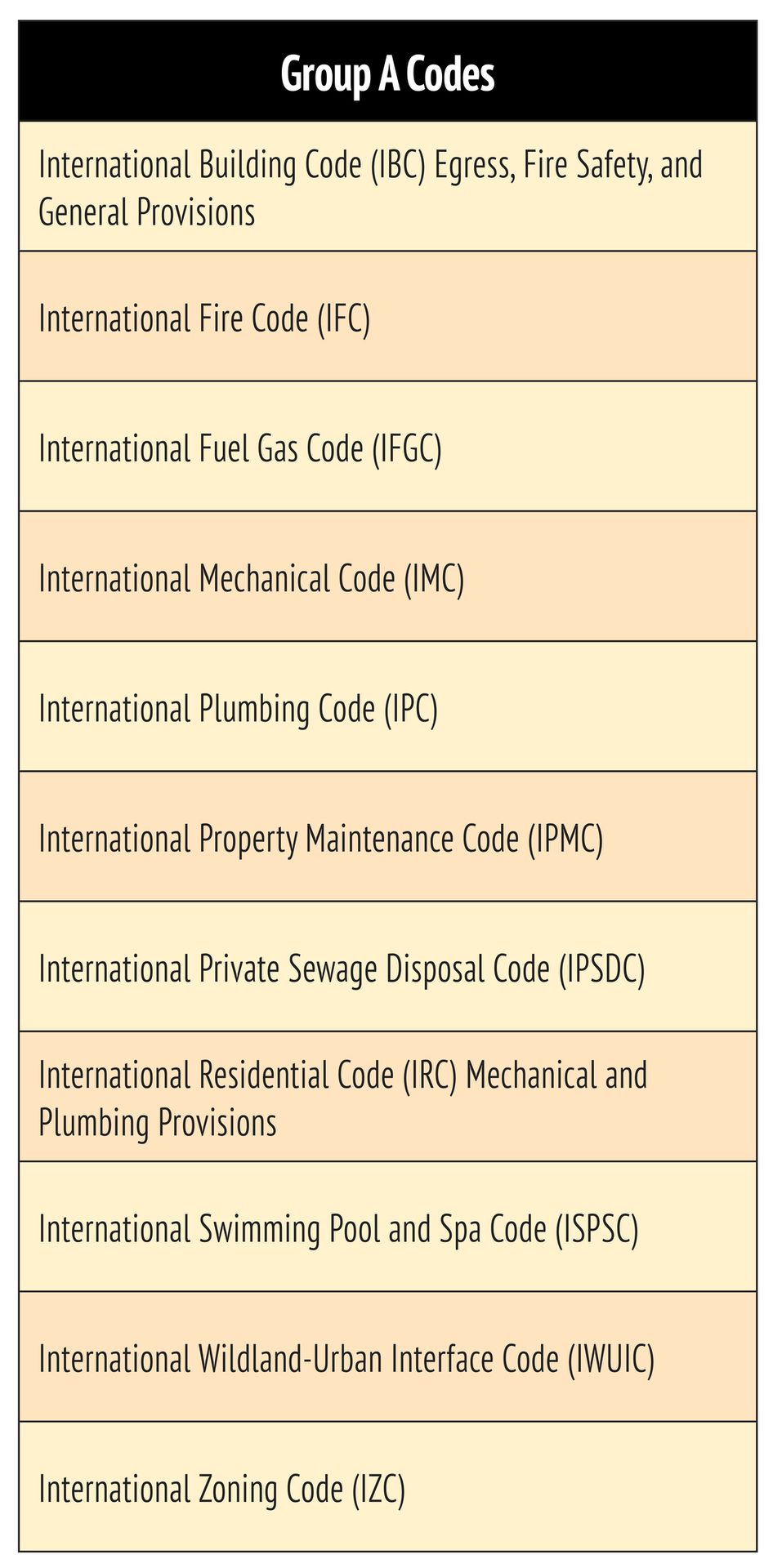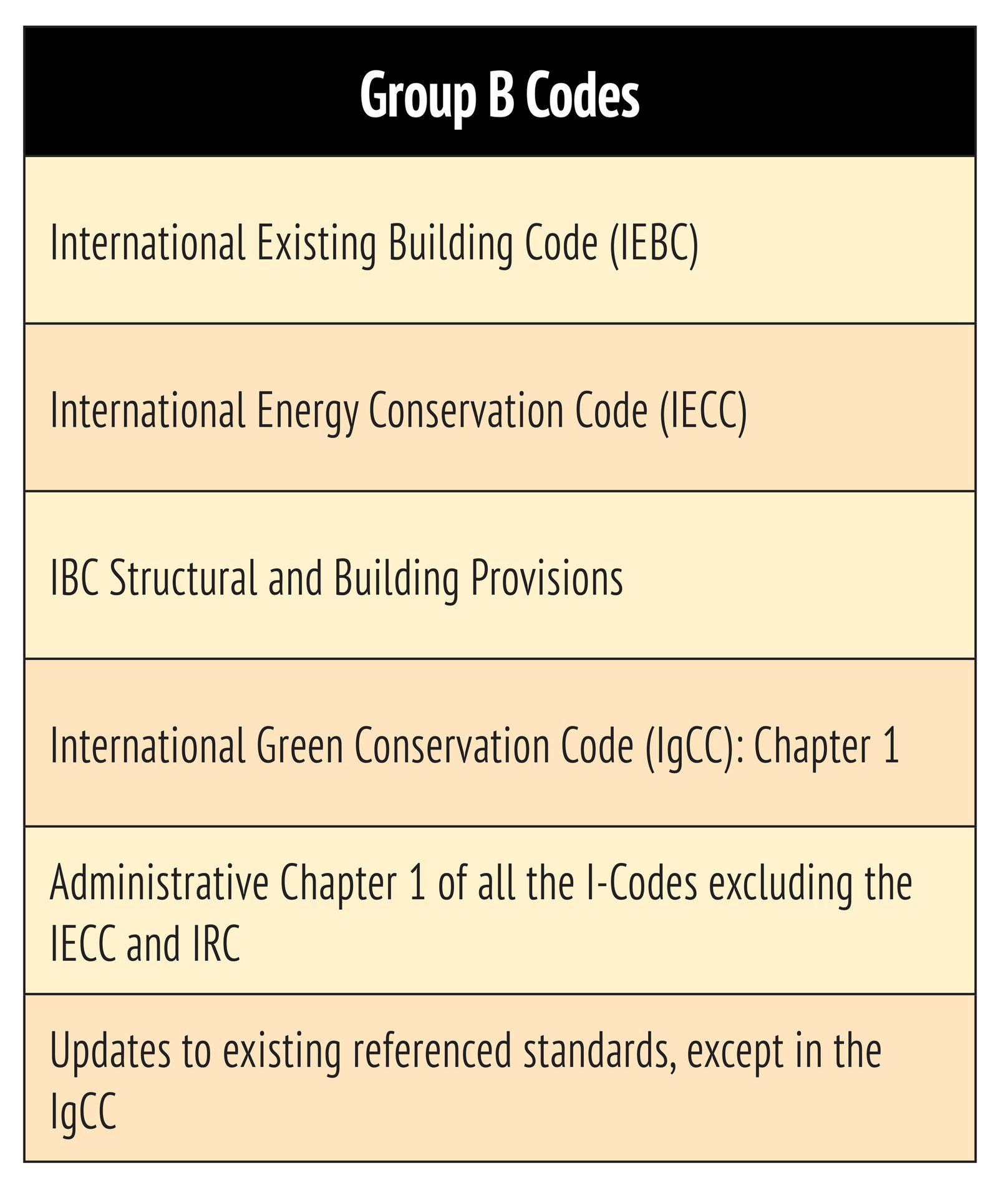
Code development changes in 2023
ICC has changes on the horizon.
GUARD ON COMPLIANCE || By Misty Guard
CODES || By Julius Ballanco, P.E., CPD, FASPE
GUARD ON COMPLIANCE ||
By Misty Guard
Welcome to March 2023, PM Engineer readers! Thank you for spending this part of your day with me as I discuss important changes to a code development process.
Building and safety codes are near and dear to my heart as they, undoubtedly, have a significant impact on public health, safety and welfare. Buildings in every jurisdiction in the United States use some version of building and safety codes. In addition, building and safety codes cover most products manufactured for the building and construction industries. Finally, the fastest way to achieve U.S. market access is to meet the requirements of the building and safety codes.
Before I get to some important industry information from which you may benefit, I ask that you join me in participating in the upcoming cycle of code development activities. Code development processes benefit from the participation of manufacturers, engineers, designers, installers, retailers, code officials, government officials, and you — every voice and opinion matters. Building and safety codes keep people safe, change the world and are a path to market access. If you need guidance to get started, give me a call at Regulosity. I look forward to seeing you at the next code hearing!
United States building and safety codes: The International Code Council’s new process
U.S. building and safety codes are developed through independent state-development procedures, municipal-development procedures or code bodies. Codes developed by code bodies, such as the International Code Council (ICC), the International Association of Plumbing & Mechanical Officials (IAPMO), and the National Fire Protection Association (NFPA)are called “base model codes.” Base model codes create minimum requirements centered around a single topic (e.g., plumbing or building). Jurisdictions use a base model code in one of two ways: 1) as a guide in developing a jurisdiction-specific version of the building and safety code for adoption as a regulation or ordinance, or 2) as it is, with no modifications, for adoption as a regulation or ordinance. Generally, this means that you — manufacturers, engineers, designers, installers, and retailers — need to be aware of a jurisdiction’s building and safety codes for your market access and intrastate and interstate commerce.
Code development processes change. The following information will help you understand the new code development processes that will be used for the 2027 International Codes (I-Codes).
Historical ICC Code development process
ICC code development has been a three-year process with a relationship between the year of the process (e.g., Year 1) and a group of codes (e.g., Group A). During Year 1 and Year 2, a group of codes was revised, and during Year 3, no code development activities took place. There have been 5 phases within the ICC code development process:
Phase 1: Code Change Proposals;
Phase 2: Committee Action Hearings (CAH);
Phase 3: Post-CAH Public Comments;
Phase 4: Public Comment Hearings (PCH); and
Phase 5: Governmental Consensus Voting and ICC Board Approval.
The ICC codes have been organized into 2 groups, Group A or B, based on topics of codes or topics of code chapters. An example of historical code groupings is presented here:


Changes to the code development process
ICC will be making 4 distinct changes:
- Code groupings will change;
- Another round of CAH phases will be added;
- Time limits for CAH floor modifications testimony will be reduced; and
- The code development process will be extended to Year 3.
Changing the code groupings
ICC has yet to publish the new code groupings. Expect a shuffling of the code groups. Over the last couple of years, ICC moved the IECC energy provisions, IRC Chapter 11 Energy Efficiency provisions, and the IPSDC into ICC’s standards development process, which has opened up the opportunity for new groupings.
Adding another round of CAH Phases
The new code development process will have 7 phases:
Phase 1: Code Change Proposals;
Phase 2: Committee Action Hearings #1 (CAH #1);
Phase 3: Post-CAH #1 Public Comments;
Phase 4: Committee Action Hearings #2 (CAH #2);
Phase 5: Post-CAH #2 Public Comments;
Phase 6: Public Comment Hearings (PCH); and
Phase 7: Governmental Consensus Voting and ICC Board Approval.
The code development committees will be the same for CAH #1 and CAH #2. The addition of the CAH #2 phases allows code change proponents to integrate code development committee feedback and additional supporting information with Post-CAH #1 Public Comments.
To put this in perspective, that’s one minute less for supporting and opposing testimony — a 50% reduction! This change will hurt the process, plain and simple. Reducing the testimony time for floor modifications means the code development committees get less information before making decisions.
Reduced time limits for CAH floor modifications testimony
Code development is always a group effort. Floor modifications are used to improve or correct code changes, and history shows that many successful code change proposals are tweaked through floor modifications. According to the Dec. 7, 2022, update to Council Policy (CP) #28-05 – Code Development, the go-to document for ICC’s code development process, the new floor modification time limits are:
Support: 1 minute;
Opposition: 1 minute;
Rebuttal in support: 30 seconds; and
Rebuttal in opposition: 30 seconds.
To put this in perspective, that’s one minute less for supporting and opposing testimony — a 50% reduction! This change will hurt the process, plain and simple. Reducing the testimony time for floor modifications means the code development committees get less information before making decisions.
Extending the code development process to Year 3
ICC’s code development process will take the entire three years to complete modifications to the base model codes. Here’s what’s changing:
- Group A PCH Public Comments will be submitted in Year 2, but will not be discussed until the combined PCH in Year 3;
- Group A and Group B activities will overlap in Year 2; and
- There will be a combined PCH for Group A and Group B in Year 3.
How to prepare for the new process
Know the Rules. I highly recommend reading the updated CP #28. This document contains specifics for each phase of the process. Some of the requirements are nuanced, and some requirements are inconsistent between phases. While there is no need to memorize the document, you should be familiar enough with the policy to find a reference quickly.
Plan your testimony. Use bullet points. Don’t write in sentences. Practice out loud. There is an art to creating a great code change proposal, and the same principles may be used for effective code change testimony.
Increase your travel budget. The financial and time investment in Year 2 (2025) will be considerable. Communicate the change and lay the foundation with your employer now.
Take notes. Code development is a long process. Relying on memory alone, you may find it difficult to remember what you said, what others said, why it was worth a change, and where it ended at the last meeting. If you’re not into note-taking, you can relive the testimony through ICC’s cdpACCESS videos.
I recommend that you personally monitor ICC’s code development process or submit a request for updates to your trade association. On a side note, I suggest you also engage and track ICC’s standards development process. Or…you can give me a call at Regulosity!
bakhtiar_zein/iStock/Getty Images Plus via Getty Images.
Misty Guard, MSPP, is president of Regulosity in Milwaukee, Wisconsin. She assists international and domestic companies to obtain and maintain market access for products worldwide. She creates solutions that support businesses to achieve compliance with laws, regulations, codes, standards and public policies. Follow her on Twitter and LinkedIn. She can be reached by email at info@regulosity.com.

